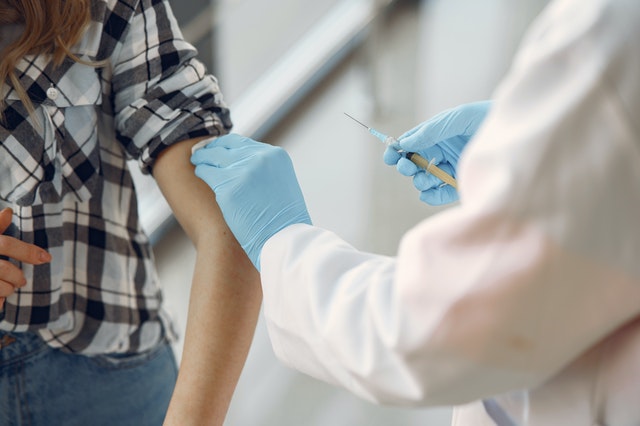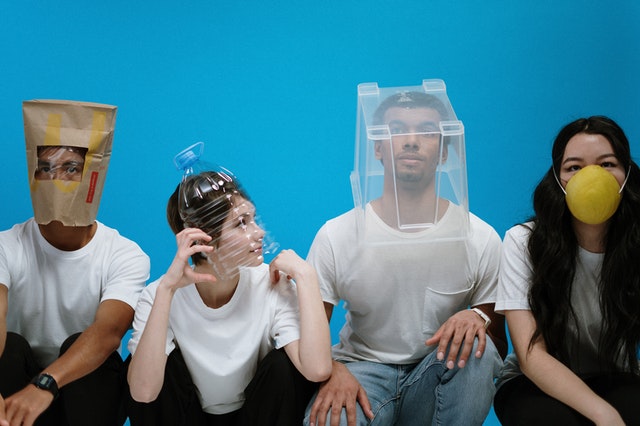19 min read
ALPS In Brief — Episode 50: Desperate Times Call For Desperate Measures
Over the 3 years following this global recession spurred by COVID-19, we’ll see a spike in bankruptcies, business dealings gone south, divorces, and...
We've crafted solutions tailored to your firm
The world of insurance for law firms can be confusing, and difficult to navigate. We've created this glossary because these common insurance terms should be easy to understand.
2 min read
 Mark Bassingthwaighte, Risk Manager
:
Updated on November 1, 2022 | Posted on December 16, 2020
Mark Bassingthwaighte, Risk Manager
:
Updated on November 1, 2022 | Posted on December 16, 2020

Two different companies, Pfizer and Moderna, are the first to have developed approved vaccines to fight the SARS-CoV-2 virus (COVID-19). When I stop to think about it, this really is an amazing scientific feat given the world has only been grappling with COVID-19 for just under a year. As I see it, everyone in your firm will soon need to decide whether to take one of these vaccines, which is a risk management decision. While other vaccines from other companies will no doubt also soon be approved, I thought it might be worthwhile to share some general information about vaccines as well as some specific information about the Pfizer and Moderna vaccines. After all, the more information one has, the more informed the ultimate decision will be.
Vaccines prompt your body to “learn” about a virus in order to enable it to begin to develop defense mechanisms. Once administered, the vaccine triggers the production of antibodies. Antibodies circulate internally with the sole purpose of identifying a specific foreign invader such as a virus, bacteria, or other foreign substance. While we all naturally develop antibodies in response to getting a disease or infection, antibodies are also developed after vaccination. If enough individuals develop antibodies and thus have some level of immunity, the ability of a virus to spread becomes severely limited because the human herd, if you will, has now developed a herd immunity. Herd immunity occurs when approximately 80% of the population has either been vaccinated or naturally developed antibodies as a result of being infected with a virus. This is why the development of a COVID-19 vaccine was fast-tracked — because pandemics burn out once herd immunity is finally obtained.
Edward Jenner, an English physician and scientist, was the person who pioneered the concept of vaccines as he attempted to combat the deadly disease, smallpox. He actually used viral particles from cows that were infected with cowpox, a less deadly form of the virus. It’s interesting to note that the word “vaccine” comes from the Latin word “vacca,” which means cow. Now you know why.
Traditionally, vaccines contained live, dead, or disabled virus material. What is new and exciting about both the Pfizer and Moderna vaccines is that neither have any live, dead, or disabled viral material in them. These vaccines are the result of newer technology and contain genetic information about the Covid-19 virus, but not the virus itself. The genetic information comes in the form of synthetic mRNA, which is messenger RNA. In short, the mRNA helps your body create proteins that your body can then use to train your immune system to fight the virus before it ever enters your system.
Here are the basics, and I mean the very basics, of how this all works: The SARS–CoV-2 virus is studded with proteins on its outer surface. These are called spike proteins and are the means by which the virus enters our cells. After vaccine injection, the vaccine particles bump into our bodies’ cells and fuse to them, releasing mRNA. Molecules in our cells read the gene sequence contained in the mRNA and then build the Covid-19 spike protein. The mRNA from the vaccine is eventually destroyed by our cells, leaving no remnants behind.
Some of these newly formed spike proteins migrate to the surface of our cells and stick out their tips. The vaccinated cells also break up some of the proteins into fragments which latch onto the surface. These protruding spikes and spike protein fragments can then be recognized by our immune system, which then manufactures antibodies against the virus. In other words, these vaccines prime your immune system to recognize and attack COVID-19 without ever having to come into contact with the actual virus.
Currently, the Pfizer and Moderna vaccination process is a two-step process with the second shot given 3-4 weeks after the first and both vaccines appear to be about 95% effective after the second dose. The main side effect has been that of fatigue lasting for 24 hours or less after immunization. Here’s the important risk management takeaway. Even though some of us are hearing otherwise, one cannot contract COVID-19 as a result of receiving either vaccination because neither contain any live, dead, or disabled viral material. Absolutely none.
Since 1998, Mark Bassingthwaighte, Esq. has been a Risk Manager with ALPS, an attorney’s professional liability insurance carrier. In his tenure with the company, Mr. Bassingthwaighte has conducted over 1200 law firm risk management assessment visits, presented over 600 continuing legal education seminars throughout the United States, and written extensively on risk management, ethics, and technology. Mr. Bassingthwaighte is a member of the State Bar of Montana as well as the American Bar Association where he currently sits on the ABA Center for Professional Responsibility’s Conference Planning Committee. He received his J.D. from Drake University Law School.

19 min read
Over the 3 years following this global recession spurred by COVID-19, we’ll see a spike in bankruptcies, business dealings gone south, divorces, and...

2 min read
I’ve been telecommuting for over a decade now, so when a COVID-19 stay at home order finally made its way to Montana, not much changed for me...

2 min read
It should come as no surprise that wellness has become a front and center topic in recent years, particularly in the legal profession; but I have a...